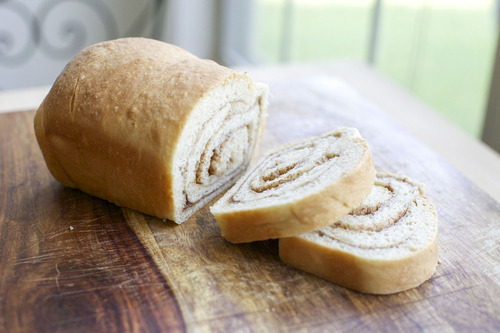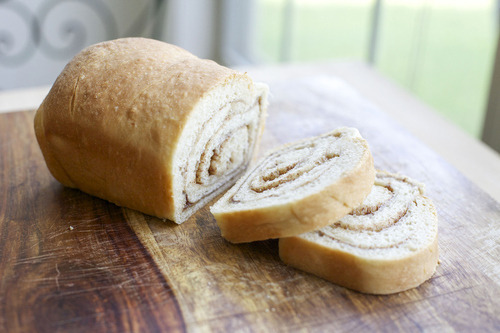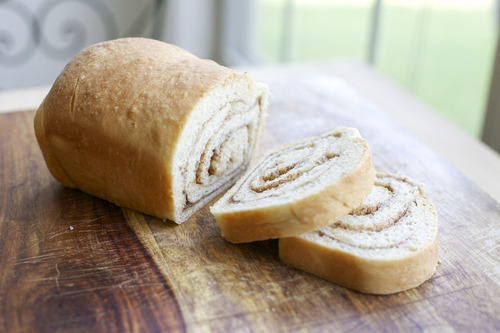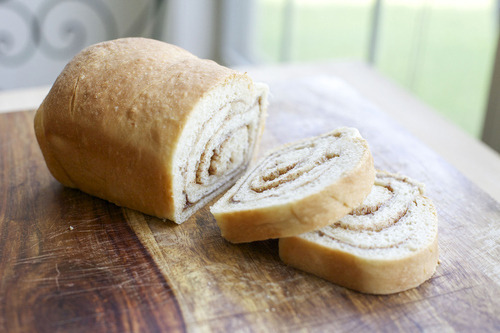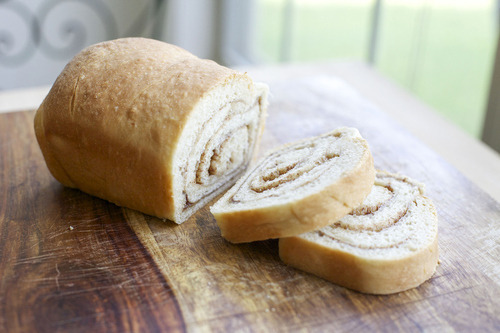#hungarian cinnamon swirl bread
Text
This summer, I traveled to Transylvania, on a Birthright-esque tour for young North Americans of Hungarian heritage. Almost everyone I told about the trip made some sort of Dracula joke. I rolled my eyes, knowing the region was much richer than this. But truth be told, I didn’t have too much yet to counter with.
Here’s the history book version: Transylvania, now part of Romania, belonged to Hungary for more than a thousand years. It’s far larger than I had imagined – at around 100,000 square kilometers, the region is bigger than the whole of present-day Hungary itself, which ceded the region to Romania after WWI. There are currently around one million ethnic Hungarians who still live in Transylvania. The community speaks the language and passionately keeps their customs alive, from music to dance to crafts and, of course, food.
And my version? It was easy to fall in love with Transylvania. From the moment I clambered off the small, tinny plane from Budapest at the small regional airport in Marosvásárhely, I was taken by its beauty. Rows and rows of golden sunflowers, framed by the verdant hills and rugged peaks of the Apuseni Mountains rolled by as we headed for our bed and breakfast. We spent a week learning about the Hungarian community in Romania, hiking, exploring cavernous salt mines and lakes, taking in medieval frescos and wandering cobblestoned streets.
We also ate well — very well.
Growing up, many of our cherished family recipes were very traditionally Hungarian (with a twist, to make them kosher), and the rich goulash, tender chicken paprikash and juicy stuffed cabbage we ate on the trip were familiar. Truth be told, aside from the dizzying assortment of wild blueberry and rosehip jams, I wasn’t really focused on dessert.
That is, until I tried a pastry called somodi kalácsin a tiny village called Torockó. Lightly sweet and yeasted, with a cinnamon swirl, it’s as if cinnamon-raisin bread and babka had a baby. While every meal served by our grandmotherly hosts left us stuffed, I loved the folded bread so much that our guide got the inn to pack us a honey-glazed loaf to go.
Transylvania was home to a sizable Hungarian-Jewish population. In 1910, according to The Museum of the Holocaust in Northern Transylvania, the Jewish population numbered above 64,000. By World War I, Hungary itself had the second largest Jewish population in Europe at almost one million. By this time YIVO’s Encyclopedia of Eastern European Jews notes Jews were “fervently assimilated” to the language and culture (and, rather sadly, looking back now), “passionately identified with Hungarian nationalism.”
Upon my return home to Los Angeles, I made it my mission to find somodi kalács. I knew that Jewish immigrants to the U.S. and Israel popularized other classic pastries from Hungary, such as chimney cakes and monkey bread (aka aranygaluska), and was hopeful I’d succeed.
While I haven’t (yet) found somodi kalácsin my city, I discovered that it’s available at Zingerman’s Bakehouse, the iconic Jewish bakery in Ann Arbor, Michigan.
Like me, the Zingerman team tried somodi kalács for the first time in Torockó. The recipe, they found, dates back 400 years, when the village was a flourishing mining town, whose residents could afford the luxury of cinnamon and sugar. It’s typically served for Christmas, Easter and Pentecost, and until the 20th century, Zingerman’s notes, somodi kalács was the customary wedding cake. Theirs is a pretty traditional version. However, like my own great grandmother would do often, they sub the traditional lard for butter when greasing the pans, explained Managing Partner Amy Emberling.
At Zingerman’s, Emberling told me, it’s a beloved special item that they only bake a couple days each year. “Customers order many loaves of it and stock them in their freezer,” she said. And it’s not uncommon for customers to “let us know that they have not seen this since their childhood days in Hungary.”
It’s also not uncommon to see patrons shed happy tears. I may have felt like shedding a couple happy tears myself when she shared their recipe.
2 notes
·
View notes
Photo
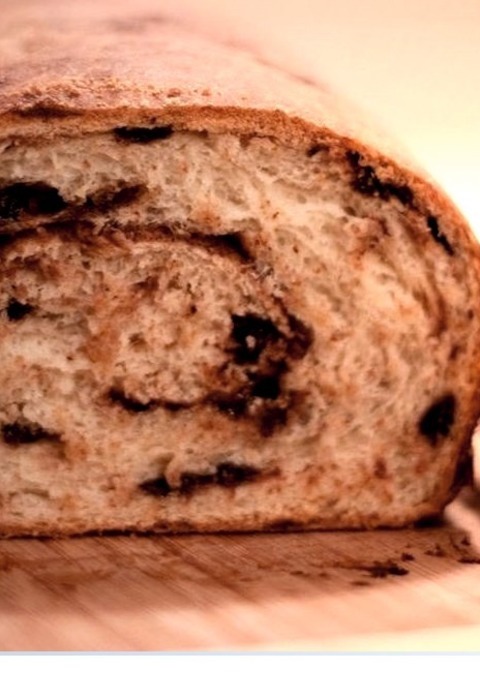
Kalacs Hungarian Cinnamon Swirl Bread
This Hungarian cinnamon swirl bread may also be filled with poppy seeds, walnuts, or cocoa powder.
1 note
·
View note
Photo
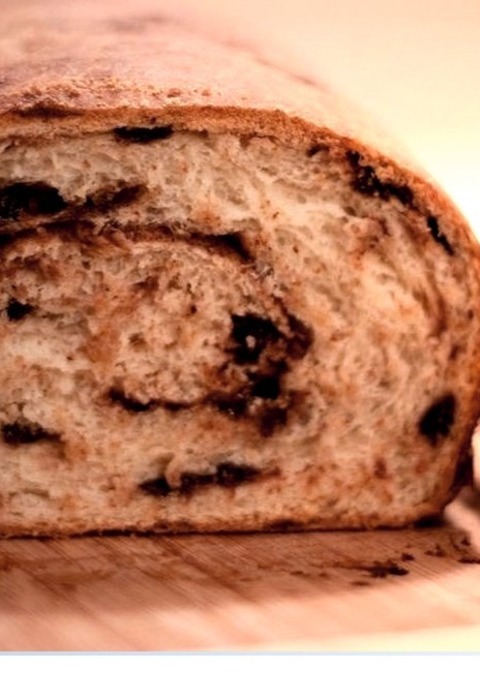
Kalacs Hungarian Cinnamon Swirl Bread
Other options for the filling of this Hungarian cinnamon swirl bread include poppy seeds, walnuts, or cocoa powder.
0 notes
Photo

Hungarian Cinnamon Swirl Bread
13 notes
·
View notes
Photo
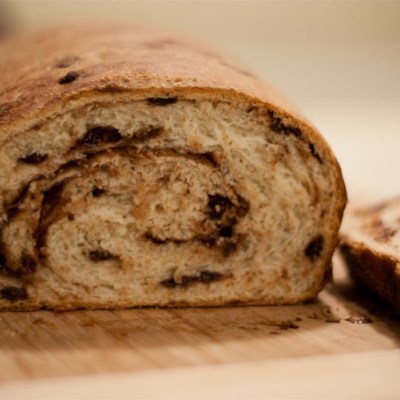
This Hungarian cinnamon swirl bread may also be filled with poppy seeds, walnuts, or cocoa powder.
80 notes
·
View notes
Photo
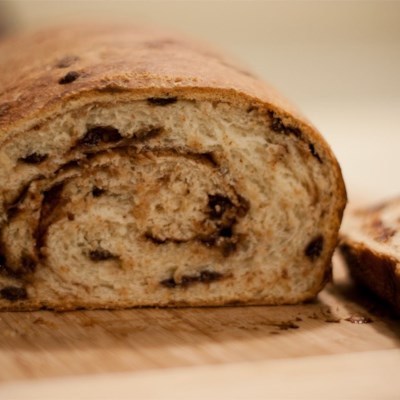
This Hungarian cinnamon swirl bread may also be filled with poppy seeds, walnuts, or cocoa powder.
0 notes
Text
This Hungarian cinnamon swirl bread may also be filled with poppy seeds, walnuts, or cocoa powder.

0 notes
Photo
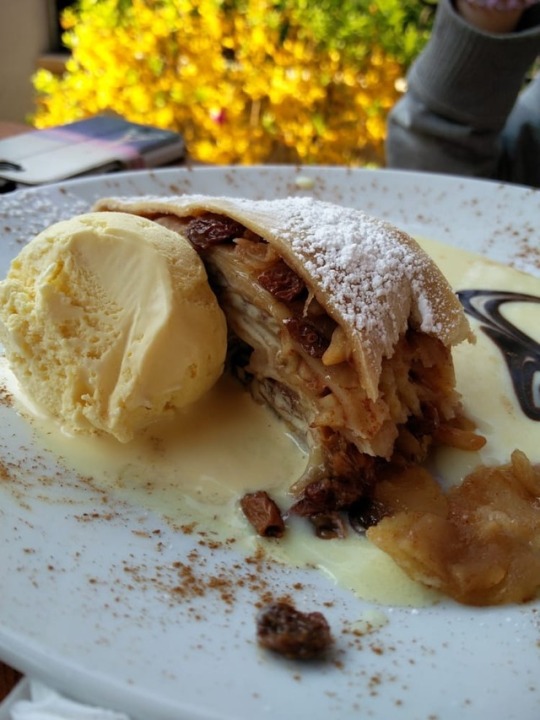
Apfelstrudel (apple strudel) is a traditional Viennese pastry, popular in Austria, Germany and in countries that once belonged to the Austro-Hungarian Empire. It consists of an oblong pastry with an apple filling made of grated cooking apples (usually of a tart, crisp, aromatic variety, such as Winesap), sugar, cinnamon, raisins, and bread crumbs. Strudel uses an unleavened thin dough of flour, oil or butter, and salt although many variations exist. In traditional Viennese strudel, the filling is spread over 3/4 of the dough, then the strudel is rolled, incorporating the dough through the filling, making a swirl pattern. This may be the origin of the name which means whorl or whirlpool.
43 notes
·
View notes
